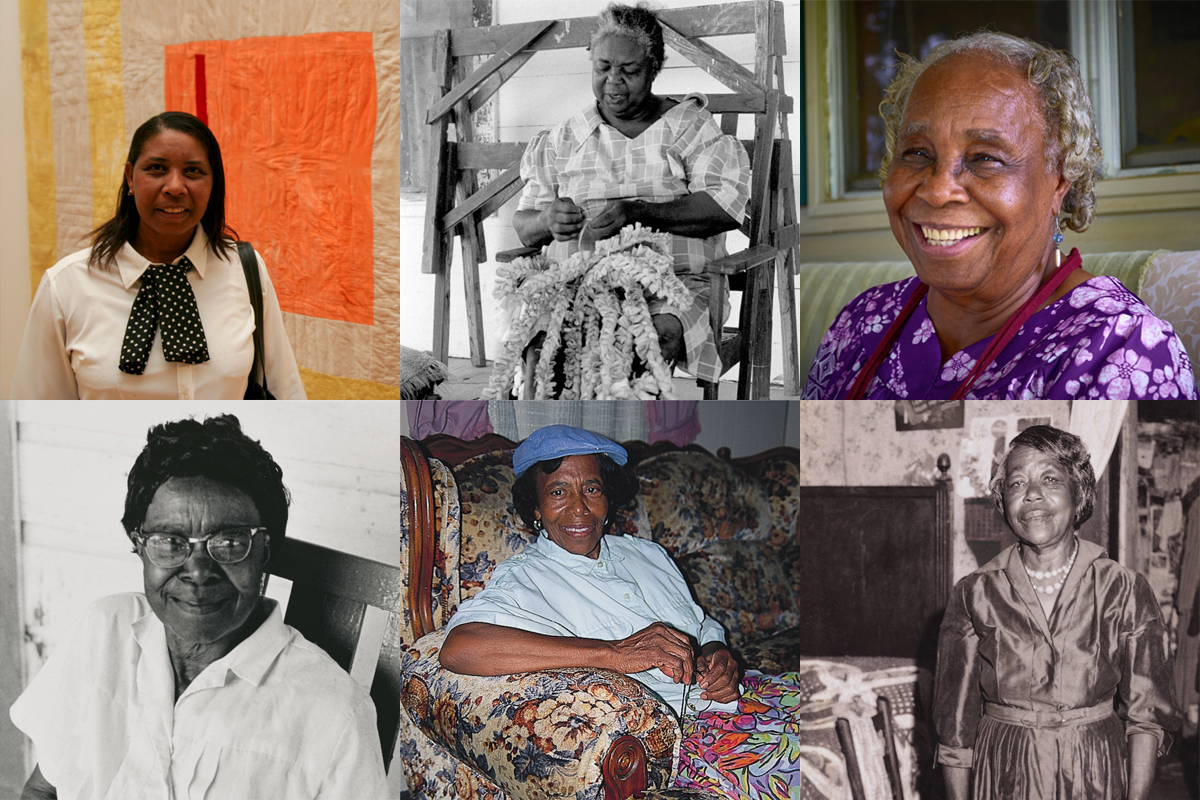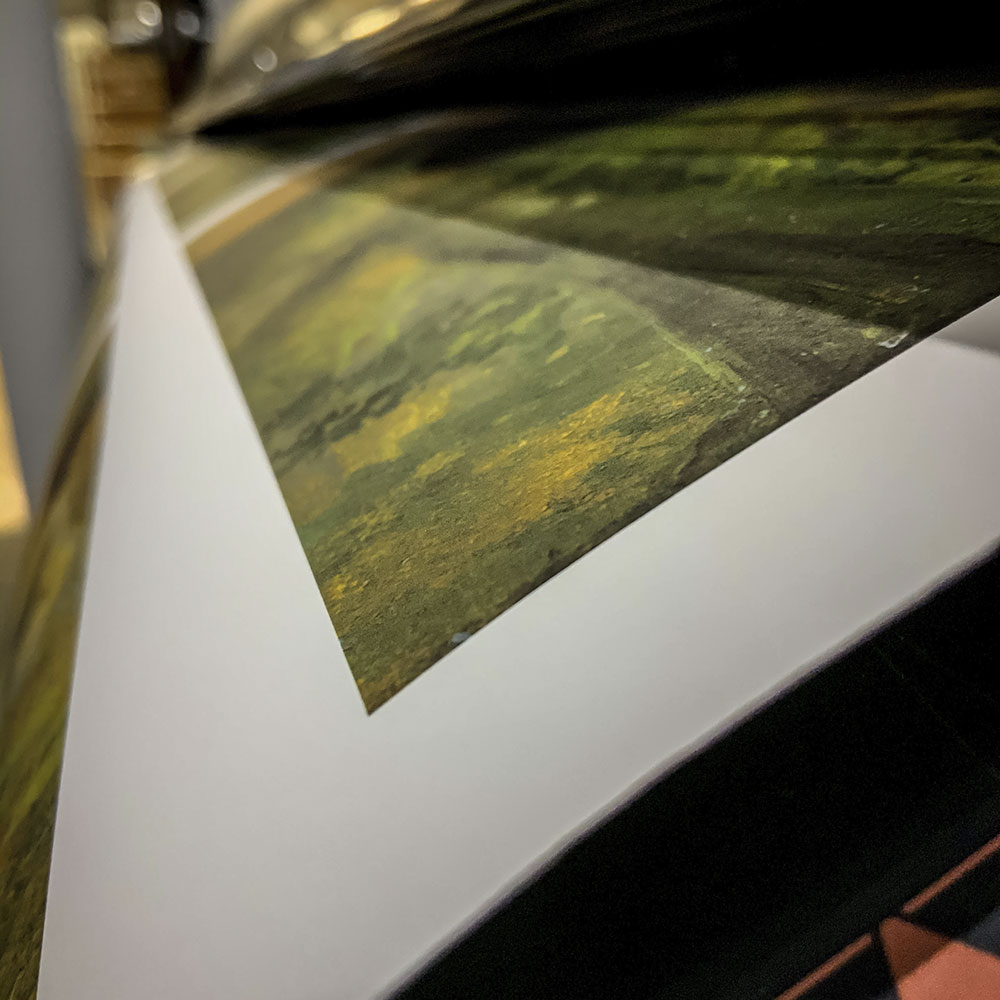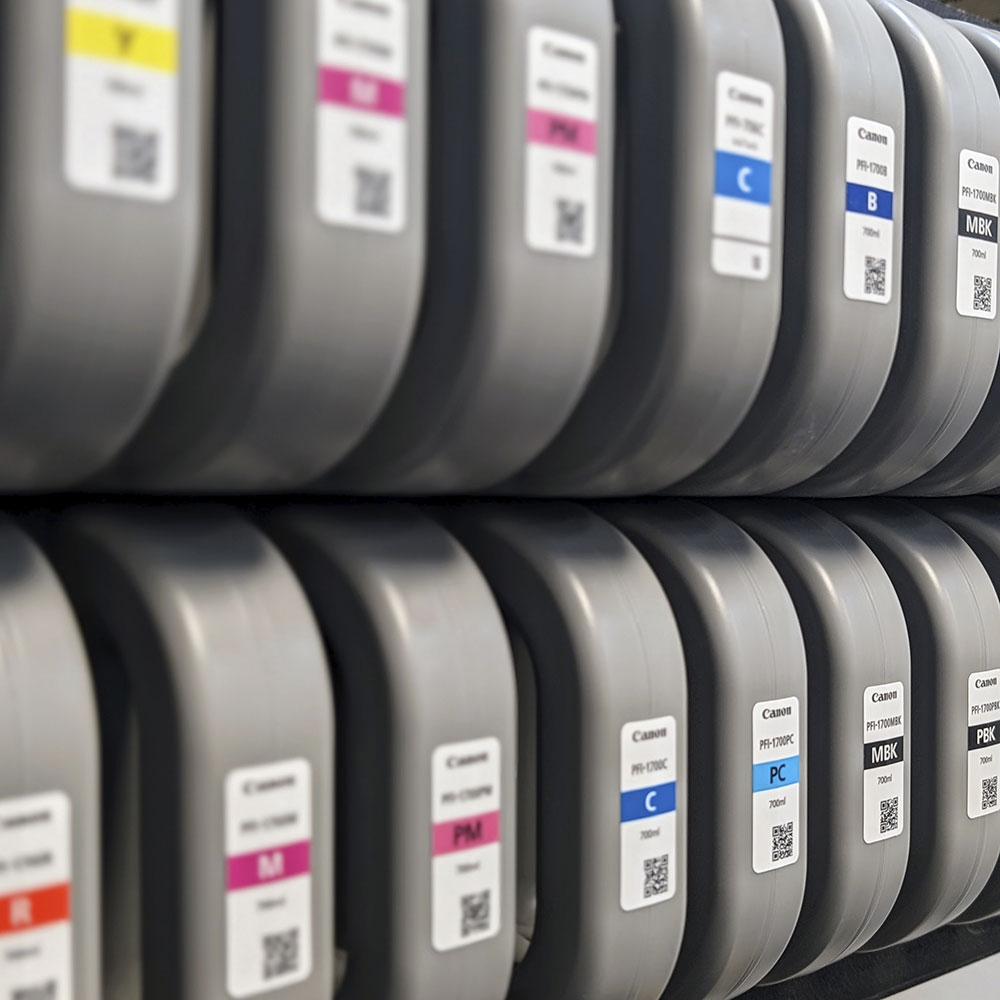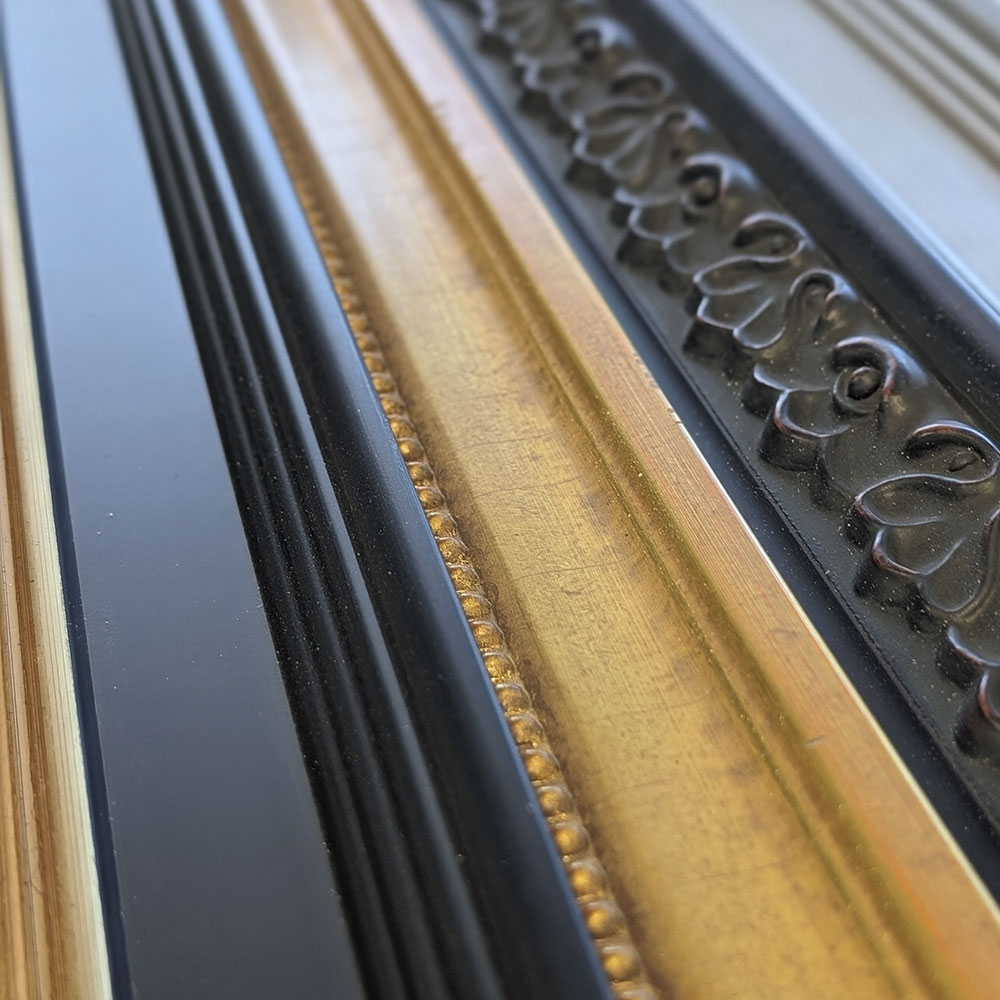Artists
- Gee's Bend Quiltmakers
- Beyond Gee's Bend
Your order supports the artists and the work of the Souls Grown Deep Foundation.
Quilts
Martha Jane Pettway (1898–2003), Blocks and strips work-clothes quilt (detail), 1920s
Cotton, denim, corduroy, 67 x 72 in.; Philadelphia Museum of Art, Museum purchase and gift of the Souls Grown Deep Foundation
The tradition of the patchwork quilt was born of scarcity and resourcefulness, arising in times and places where the shortages of cloth called for the inventive salvaging of fabric scraps and remnants. In Gee's Bend, this recycling practice became the founding ethos for generations of quiltmakers who have transformed otherwise useless material into marvels of textile art. Until the middle of the twentieth century, the majority of quilts from the area were made from worn-out work clothes, a palette of old shirts, overalls, aprons, and dress bottoms whose stains, tears, and faded denim patches provide a tangible record of lives marked by seasons of hard labor in the fields of the rural South.
Here the focus is on the inherent design elements and abstract imagery in the quilts rather than as finished objects.



